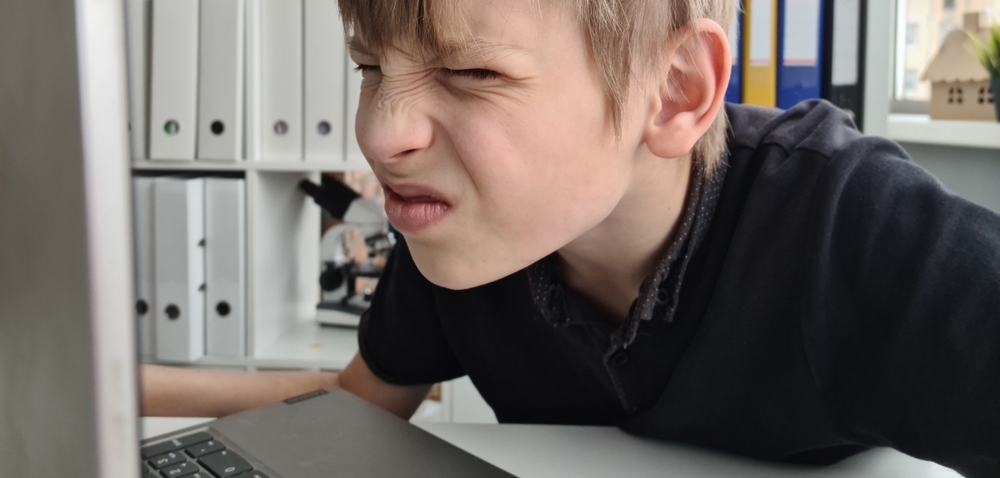
Myopia, commonly known as nearsightedness, is a refractive error that affects many children worldwide. It is a condition where objects in the distance appear blurry, while close-up vision remains clear. Understanding the causes and symptoms of myopia in children is crucial for effective management.
What Causes Myopia in Children?
There are several factors that contribute to the development of myopia. Genetics play a significant role, as children with myopic parents are more likely to develop myopia themselves. However, environmental factors also come into play. Excessive near work, such as prolonged reading or screen time, has been linked to the development of myopia in children. Additionally, spending limited time outdoors and lack of natural light exposure may increase the risk of myopia.
Recognizing the symptoms of myopia in children is essential for early detection and intervention. Children with myopia often exhibit difficulties seeing distant objects clearly, such as the whiteboard in the classroom or street signs. They may squint or sit closer to the television or computer screen to compensate for their blurry vision. Headaches, eye strain, and fatigue after visual tasks are also common symptoms.
The Importance of Slowing the Progression of Myopia
Slowing the progression of myopia in children is vital to prevent potential vision problems in the future. High levels of myopia can increase the risk of eye diseases such as retinal detachment, glaucoma, and cataracts later in life. By implementing management strategies, we can help reduce the rate at which myopia progresses, minimizing the potential impact on a child's vision.
Untreated myopia progression can lead to significant visual impairment, affecting a child's daily activities and academic performance. It can hinder their ability to participate in sports or outdoor activities, limiting their overall quality of life.
Management Strategies for Myopia in Children
Various management strategies are available to slow the progression of myopia in children. These strategies aim to correct refractive errors while addressing the underlying causes of myopia development.
Corneal Refractive Therapy (CRT), or Orthokeratology, is a non-surgical approach to myopia management. It involves wearing specially designed contact lenses overnight, which gently reshape the cornea to correct refractive errors. This allows children to have clear vision throughout the day without the need for glasses or contact lenses. CRT has been shown to effectively slow the progression of myopia, making it a popular choice among parents.
Schedule Your Child’s Eye Exam with EyeRis Vision Today
Myopia management is crucial in slowing the progression of vision loss in children. By understanding the causes and symptoms of myopia, we can take early action to implement effective management strategies. Corneal Refractive Therapy (CRT) or Orthokeratology (Ortho-K) have emerged as popular options for myopia management, offering a non-surgical approach with promising outcomes. By taking proactive steps, we can help preserve children's vision and provide them with a brighter future.
At EyeRis Vision, we offer state-of-the-art diagnostic technology, a wide range of vision care products, and personalized optometric services. Our team is committed to providing the best quality comprehensive eye care, treating every patient like family and prioritizing the health of your eyes.
If you suspect your child may have myopia or would like to explore management options, schedule an eye exam with EyeRis Vision at our office in Austin, Texas. Click here to schedule your consultation today! Or please call (737) 265-2500 or text (512) 222-5636 to book an appointment today.






